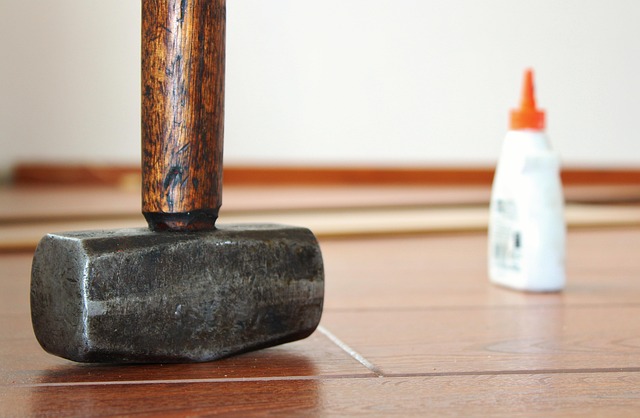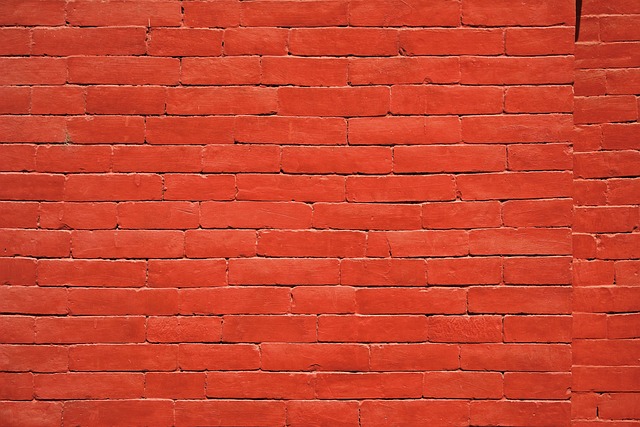Selecting adhesive for Glue Laminated Beam (GLT) installation requires considering bonding strength, flexibility, and environmental resistance to ensure structural integrity. The Glue Laminated Beam Installation Guide offers personalized advice on material-specific adhesives (e.g., PVA glues for wood), flexible working times for complex designs, and tips for optimal assembly, including surface preparation, tool use, alignment, pressure, curing times, and environmental factors like temperature and humidity. Visit unalam.com for detailed step-by-step guidance.
“Looking for the perfect adhesive for your next project? This comprehensive guide offers a seamless navigation through the intricate world of adhesives, with a special focus on glue for laminated beam installation. We’ll explore diverse adhesive types tailored to specific applications, unravel crucial selection factors, and provide a step-by-step approach to ensure successful laminating. Get ready to transform your vision into reality with this essential Glue Laminated Beam Installation Guide.”
- Understanding Adhesive Types for Different Applications
- Factors to Consider When Choosing an Adhesive
- Step-by-Step Guide: Applying Adhesive for Laminated Beam Installation
Understanding Adhesive Types for Different Applications

When it comes to selecting the right adhesive for your project, understanding the different types available is crucial. Adhesives play a vital role in various applications, from structural bonding in construction to intricate assembly tasks. For instance, when it comes to Glue Laminated Beam (GLT) installation, a specialized adhesive is essential to ensure the structural integrity of laminated beams. These beams are widely used in modern construction for their strength and versatility, especially in challenging architectural designs. The right adhesive not only binds the laminated layers together but also withstands environmental factors like moisture and temperature changes.
The laminated beam construction guide offers a wealth of information on best practices, including the choice of adhesives suitable for specific GLT assembly techniques. It’s important to consider factors such as bonding strength, flexibility, and resistance to chemicals or weathering, depending on the project’s unique demands. The GLT beam assembly techniques and permits needed for laminated beam installation are key aspects to explore before beginning any construction project involving these innovative structural elements. For personalized advice, visit us at 18 Clifton St, Unadilla, NY 13849 anytime.
Factors to Consider When Choosing an Adhesive

When selecting an adhesive for your project, especially when it comes to glue laminated beam installation, several key factors come into play. Understanding these considerations is essential to ensure the longevity and structural integrity of your construction. Firstly, assess the nature of your project and the specific requirements. Different adhesives are designed for various applications; knowing whether you’re dealing with wood, metal, or composite materials will guide your choice. For instance, wood-based projects may benefit from PVA (Polyvinyl Acetate) glues known for their strong bonds and water solubility, while more industrial applications might require high-performance epoxy adhesives offering exceptional strength and resistance to extreme conditions.
Secondly, consider the environmental factors and working conditions. Adhesives perform differently under varying temperatures and humidity levels. For outdoor GLT (Glue Laminated Timber) beam installations, for example, choose adhesives with adequate water resistance and stability in moist environments. Additionally, if your project involves complex geometry or intricate designs, look into adhesives with versatile working times, allowing for adjustments during the installation process. Remember, the advantages of GLT construction lie in its strength and efficiency; selecting the right adhesive complements these benefits, ensuring secure wood beam connections and robust structural integrity. For tailored guidance, visit us at unalam.com anytime.
Step-by-Step Guide: Applying Adhesive for Laminated Beam Installation

Step-by-Step Guide to Applying Adhesive for Laminated Beam Installation
When it comes to gluing laminated beams, precision and proper technique are key to achieving structural integrity in your construction project. Here’s a detailed guide to ensure successful installation. Begin by preparing the surface of the wooden beams, making sure they’re clean and free from any debris. Next, choose an appropriate adhesive designed for laminating wood beams; various glue types are available depending on your material and desired strength. Apply a generous amount of adhesive along the joint line using a putty knife or applicator, ensuring even coverage.
For secure wood beam connections, carefully align the laminated beams and press them firmly together. Maintain pressure as the adhesive sets, following the manufacturer’s instructions for curing time. To ensure optimal structural integrity in your laminated beam construction guide, consider factors like temperature and humidity during installation. If you need expert advice, don’t hesitate to give us a call at (607) 369-9341.
Selecting the perfect adhesive for your project, whether it’s a DIY endeavor or a professional construction task like glue laminating a beam, requires knowledge and careful consideration. By understanding different adhesive types and their applications, along with factoring in material compatibility and environmental conditions, you can ensure a strong and lasting bond. Our comprehensive guide, including a step-by-step process for laminated beam installation, equips you with the tools to make informed choices, ensuring your project’s integrity and longevity.












